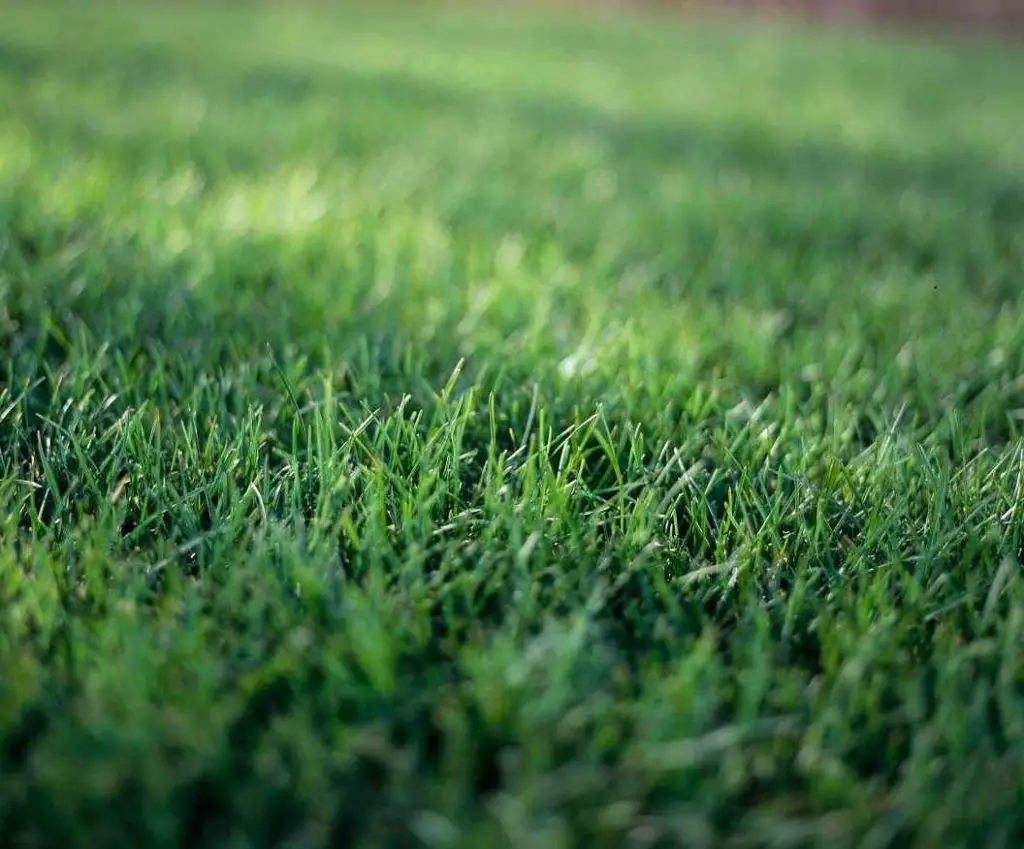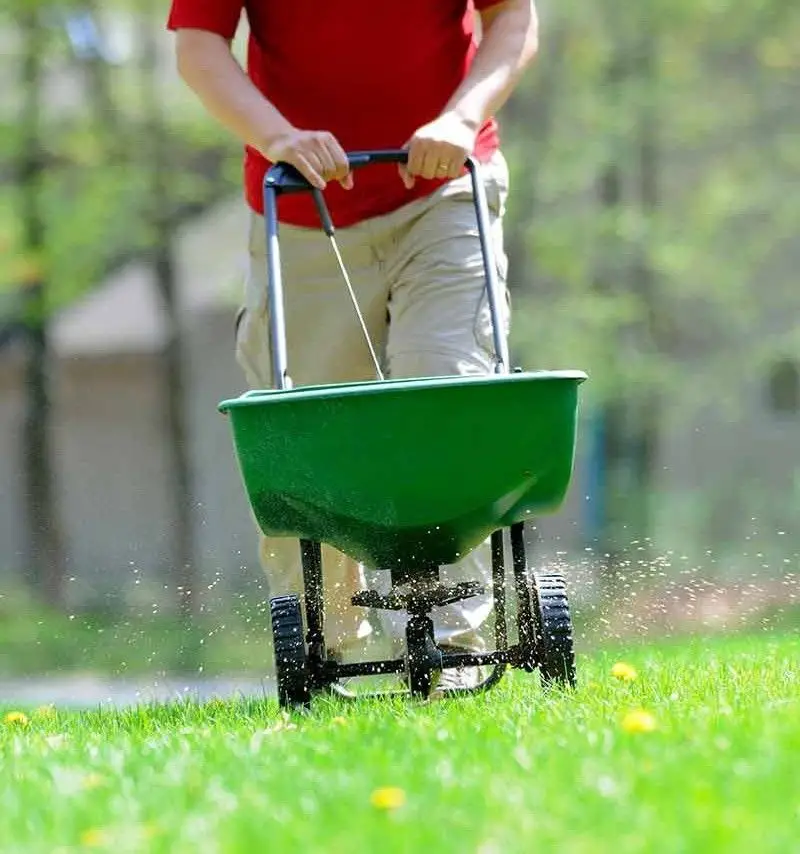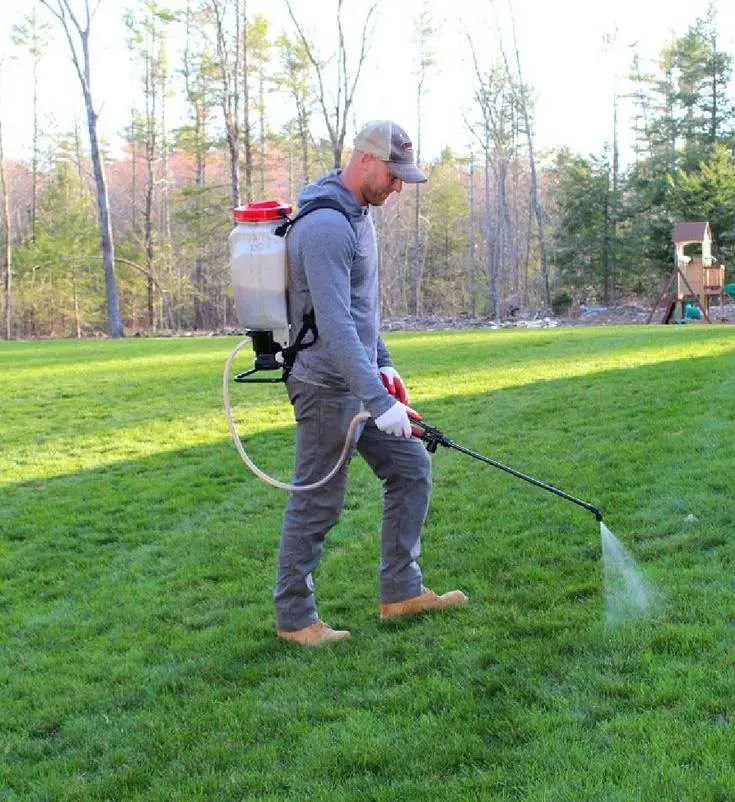Who does not love seeing a lush, thick green lawn?
But this happens only because of the investment of hope, time, skill, research, labor, and money.
Whether you are looking to plant a new lawn or renew your existing garden, you need to have sufficient knowledge about the grass you are looking to plant, the climate of your area, and the traffic that area has to bear.
The planting season should be under the seed’s natural growth cycle for it to grow and flourish.
If the seeds are planted in the right season, the grass seeds may not survive, or they may not grow healthy, resulting in unhealthy and dispersed light patches of grass.
Dispersed and patchy grass lawn is not aesthetically pleasing and can also cause further damage to other plants and new seeds.
What factors to look for when planting grass seeds?
Grass can be seen everywhere, which can reciprocate the fact that grass can easily be grown everywhere and anywhere.
But this is not the fact, as good grass can be tricky to grow and requires special care and nourishment to flourish and grow.
Grass comes in lots of variety, and only some types of grass can be grown anywhere you like.
Choosing the right grass variety is extremely important for it to grow properly on your lawn.
It is best to do proper research to find out which grass types can grow best in your area.

After choosing the right type of grass, you must know the grass’s growth cycle and when is the best time to plant the seeds.
The growth can be drastically affected if the seeds are planted in the wrong season.
Laying a new sod or planting grass seeds should also be decided beforehand so your work is done accordingly.
To ensure that your grass thrives and grows strong, choose the right variety of grass, plant it in the correct season, and take good care of it.
When should I plant grass seed in Arkansas?
The timing of seed planting depends on the grass you choose.
If it is warm-season grass, it is best to plant the seeds in the spring to avoid the seedlings from experiencing scorching hot Arkansas weather.
The cool-season grass can be planted in the transitional zone when it is neither too hot nor too cold for the seeds to germinate.
Some warm-season grasses you can plant in early summers or late spring are Bermuda, St. Augustine, and Bahia grass.
Transition zone grasses that can easily grow and survive in Arkansas include Zoysia, Tall Fescue, Centipede, and Kentucky Bluegrass.
What month is best to put grass seed down?
Planting the seeds in the right month helps germination and growth.
If you have planted cool-season grass to prepare your winter lawn, it is best to plant the seeds in September and October.
During these months, the soil is cool enough for the cool-season grass to grow and just warm enough to prevent the seeds from burning.
It is best to plant the cool-season seeds at least 45 days before the temperatures are expected to drop severely.

For warm-season grasses, it is best to plant the seeds in spring when temperatures range between 65 F to 70 F.
The months best for warm-season grasses are late May to June, when soil temperatures are warm but not too hot to burn the seedlings and not too cold for frosting the seeds.
Planting during these months helps the seeds to get the perfect soil temperature and early seasonal rains.
Early spring should not tempt you to plant the seeds as the soil may need to be warmer for the warm-season grass seeds.
It must be made sure that the seeds are planted at least 90 days before the first fall frost to give enough time for the seeds to establish in the soil.
When should I put grass seed in the spring?
Many lawn-owners find themselves restless when spring approaches to plant warm-season grass seeds.
But patience is a virtue, so having little patience will pay you off.
Waiting a little longer and planting the seeds in late spring is best for the seeds to get enough time and perfect conditions to grow and establish themselves strong.
When should I plant grass seed in March?
March is winter, and the soil is still covered in frost or has lots of moisture from melting frost, which can prevent the growth of seeds.

Only some regions allow planting seeds in March; otherwise, the main planting season is between April to June and August to September.
Final Thoughts:
Planting grass seeds is a complicated task and requires thorough research.
Planting the seeds in the right month is vital for the grass seeds to germinate and establish themselves.
If the planting season and the seed’s growth cycle do not align, seeds will probably grow unhealthy or may not even grow.
